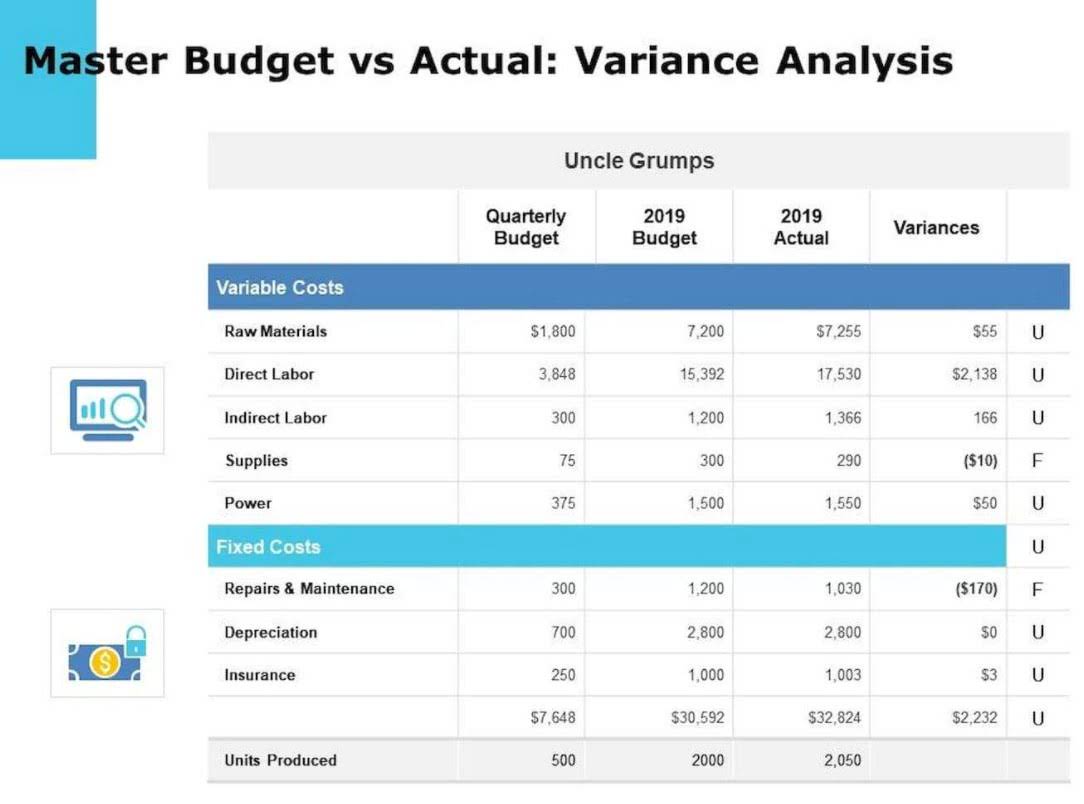
Closing entries transfer the balances from the temporary accounts to a permanent or real account at the end of the accounting year. A net loss would decrease retained earnings so we would do the opposite in this journal entry by debiting Retained Earnings and crediting Income Summary. Notice that the balances in interest revenue and service revenueare now zero and are ready to accumulate revenues in the nextperiod. The Income Summary account has a credit balance of $10,240(the revenue sum). Closing entries are put into action on the last day of an accounting period. There are various journals for example cash journal, sales journal, purchase journal etc., which allow users to record transactions and find out what caused changes in the existing balances.
Recording a Closing Entry

The closing entry entails debiting income summary and crediting retained earnings when a company’s revenues are greater than its expenses. The income summary account must be credited and retained earnings reduced through a debit in the event of a loss for the period. The second entry requires closing entries expense accounts close to the Income Summary account.

Close all revenue and gain accounts
- To close revenue accounts, you first transfer their balances to the income summary account.
- The third entry closes the Income Summary account to Retained Earnings.
- The process of using of the income summary account is shown in the diagram below.
- We could do this, but by having the Income Summary account, you get a balance for net income a second time.
- Instead, the basic closing step is to access an option in the software to close the reporting period.
- Therefore, these accounts still have a balance in the new year, because they are not closed, and the balances are carried forward from December 31 to January 1 to start the new annual accounting period.
One such expense that’s determined at the end of the year is dividends. The last closing entry reduces the amount retained by the amount paid out to investors. Temporary accounts are used to record accounting activity during a specific period.
- We could do this, but by having the Income Summaryaccount, you get a balance for net income a second time.
- Instead, declaring and paying dividends is a method utilized by corporations to return part of the profits generated by the company to the owners of the company—in this case, its shareholders.
- To close expenses, we simply credit the expense accounts and debit Income Summary.
- Made at the end of an accounting period, it transfers balances from a set of temporary accounts to a permanent account.
- The eighth step in the accounting cycle is preparing closingentries, which includes journalizing and posting the entries to theledger.
Closing Entry for Dividends (Capital Reduction)
- Finally, transfer any dividends to the retained earnings account.
- Shaun Conrad is a Certified Public Accountant and CPA exam expert with a passion for teaching.
- Businesses can easily open and close accounts every period by using accounting software to track all financial transactions throughout a given period.
- Permanent accounts, also known as real accounts, do not require closing entries.
- When making closing entries, the revenue, expense, and dividend account balances are moved to the retained earnings permanent account.
- The balance sheet’s assets, liabilities, and owner’s equity accounts, however, are not closed.
If dividends were not declared, closing entries would cease atthis point. If dividends are declared, to get a zero balance in theDividends account, the entry will show a credit to Dividends and adebit to Retained Earnings. As you will learn in Corporation Accounting, there are three components to thedeclaration and payment of dividends.
Get Started

The first part is the date of declaration, which creates the obligation or liability to pay the dividend. The second part is the date of record that determines who receives the dividends, and the third part is the date of payment, which is the date that payments are made. Printing Plus has $100 of dividends with a debit balance on the adjusted trial balance. The closing entry will credit https://www.bookstime.com/ Dividends and debit Retained Earnings.
- Automation transforms the process of closing entries in accounting, making it more efficient and accurate.
- These permanent accounts and their ending balances act as the beginning balances for the next accounting period.
- All temporary accounts eventually get closed to retained earnings and are presented on the balance sheet.
- The Income Summary account has a credit balance of $10,240 (the revenue sum).
Check out this articletalking about net sales the seminars on the accounting cycle and thispublic pre-closing trial balance presented by the PhilippinesDepartment of Health. All of Paul’s revenue or income accounts are debited and credited to the income summary account. This resets the income accounts to zero and prepares them for the next year. Temporary accounts can either be closed directly to the retained earnings account or to an intermediate account called the income summary account.
